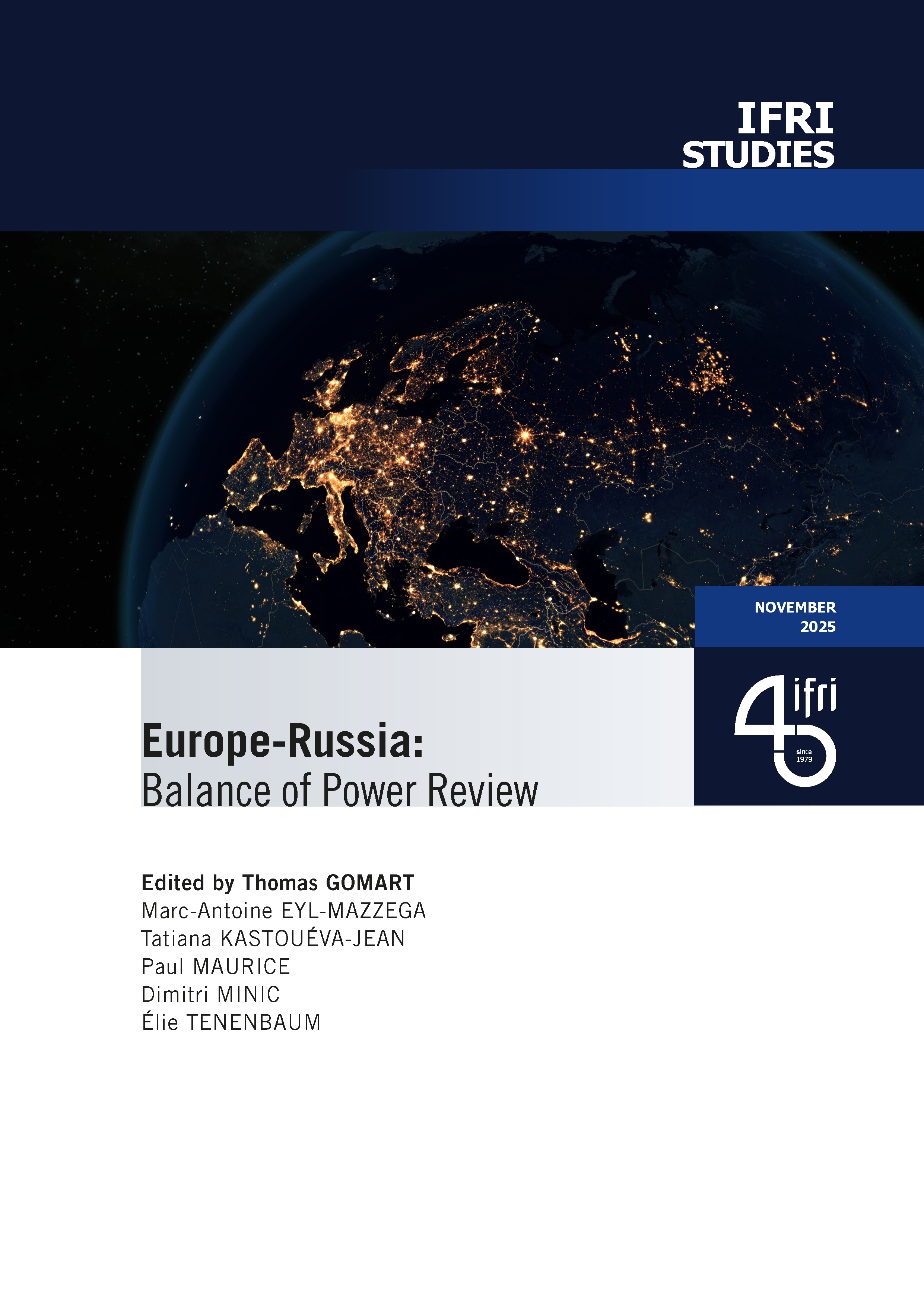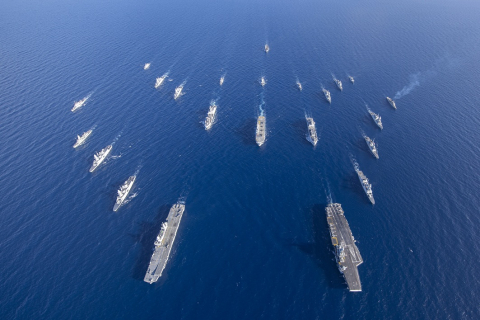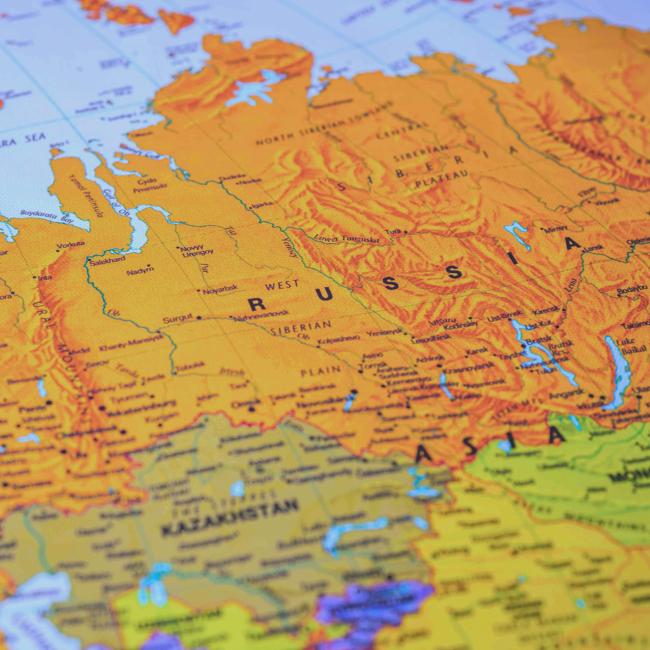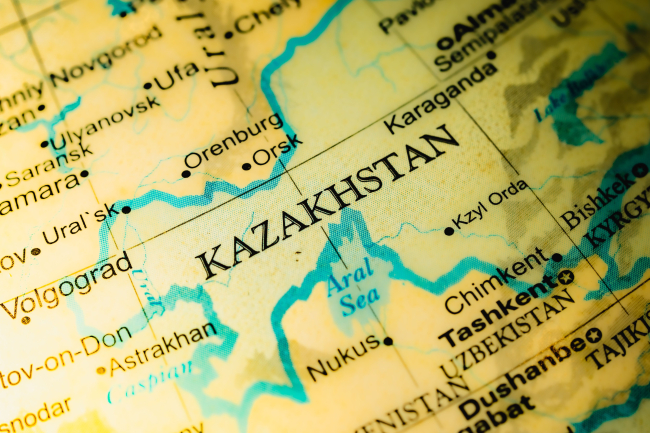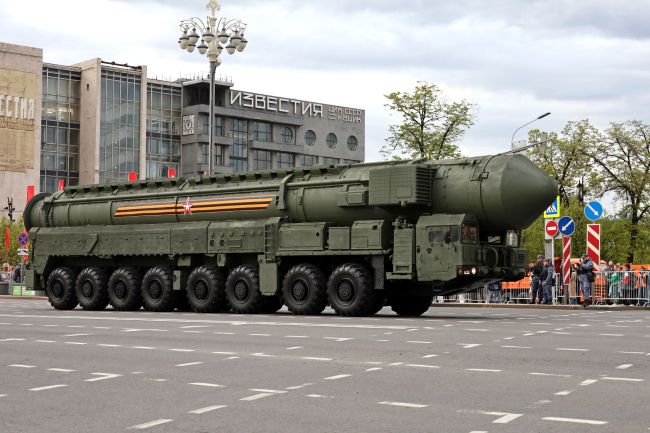Ukraine at the Crossroads: Between the EU DCFTA and Customs Union
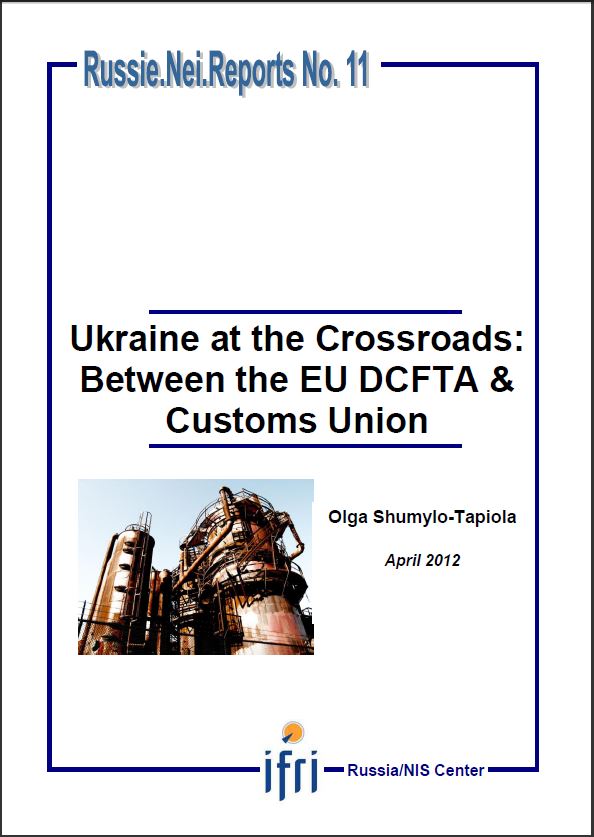
After serious decline in the 1990s, Ukraine's economy finally started its recovery and systemic reform in early 2000. While the economy rapidly grew by 2008, its transformation remained unfinished. Ukraine has three possible roads to development.
The first, and least probable, is to stay on its own. The second, and currently most feasible, is to sign an Association Agreement (AA) with the EU that includes a Deep and Comprehensive Free Trade Agreement (DCFTA). The third, and most controversial, choice is to join the Customs Union with Russia, Belarus and Kazakhstan and embark on further Moscow-led integration projects.
Negotiations with the EU are now finalized: the agreement was finally initialed at the end of March 2012. However, further steps, such as signing and ratification of the agreement depend on the Ukrainian side. Ukraine's leadership has repeatedly confirmed the country's interest in signing and ratifying the Association Agreement with the EU. Meanwhile, Russia's invitation to join the Customs Union has been consistently, but politely declined. However, many Western and Russian observers still question the irreversibility and credibility of this decision.
An earlier version of this paper was presented at a conference organized by Ifri in the framework of the Eurasian Trade Task Force (ETTF), 17 October 2011. The ETTF addresses the different commercial and economic integration projects in Eurasia and their impact on domestic and foreign policies of the states concerned.

Available in:
Regions and themes
ISBN / ISSN
Share
Download the full analysis
This page contains only a summary of our work. If you would like to have access to all the information from our research on the subject, you can download the full version in PDF format.
Ukraine at the Crossroads: Between the EU DCFTA and Customs Union
Related centers and programs
Discover our other research centers and programsFind out more
Discover all our analysesRussia's Asia Strategy: Bolstering the Eagle's Eastern Wing
Among Russia’s strategic priorities, Asia traditionally played a secondary role compared to the West. In the mid-1990s, then Foreign Minister Yevgeny Primakov initiated a rapprochement with China and India. Then, in 2014, deteriorating relations between Russia and the West prompted Moscow to begin its “great pivot to the East”.
Kazakhstan After the Double Shock of 2022: Political, Economic and Military Consequences
The year 2022 represented a dual shock for Kazakhstan. In January, the country faced its most severe political crisis since independence, followed in February by Russia’s full-scale invasion of Ukraine, which cast uncertainty over the borders of post-Soviet states. These consecutive crises profoundly shaped Kazakhstan’s domestic and foreign policy.
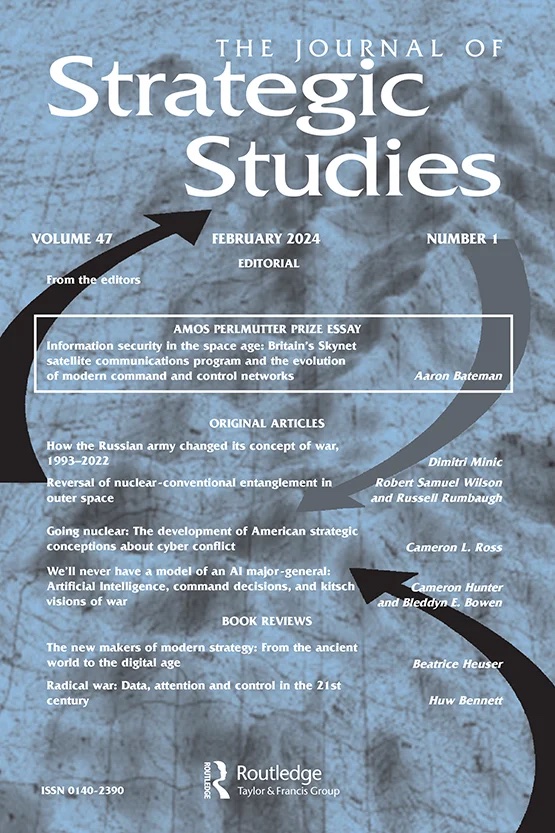
How the Russian Army Changed its Concept of War, 1993-2022
The traditional and high-intensity war that has occurred in Ukraine since Russia decided to invade raises a key issue: did post-soviet Russian strategic thought really prepare Russia for waging this war?
Russia's Nuclear Deterrence Put to the Test by the War in Ukraine
From the outset of its “special military operation” (SVO) against Ukraine on February 24, 2022, Russia, which possesses one of the world’s largest nuclear arsenals, has adopted aggressive deterrence measures and a resolutely menacing rhetorical stance.


